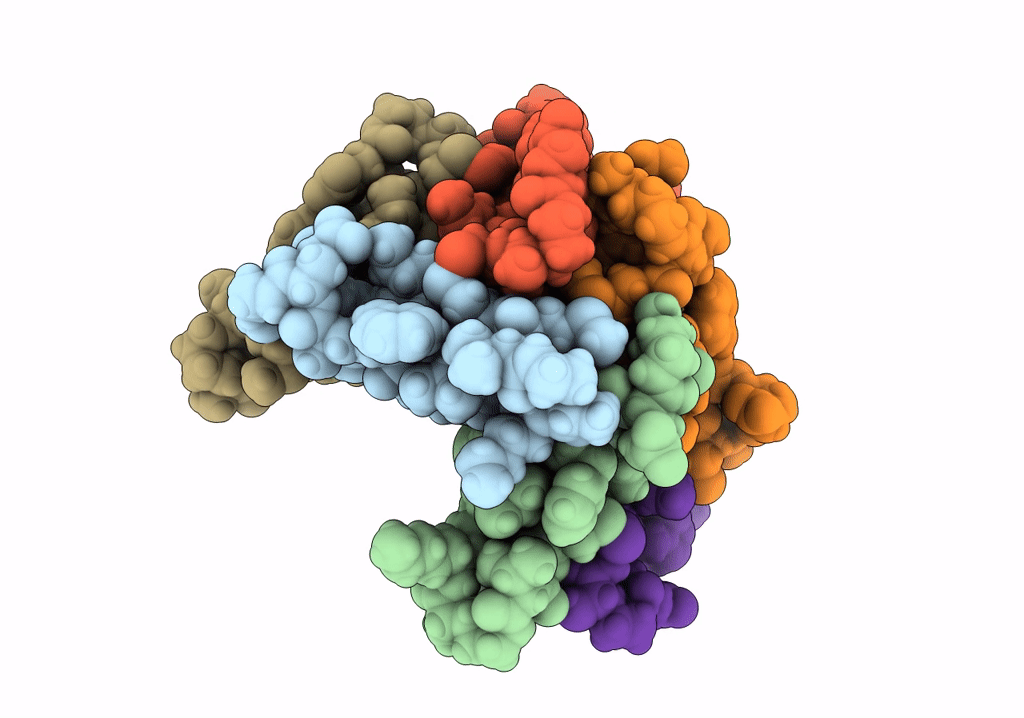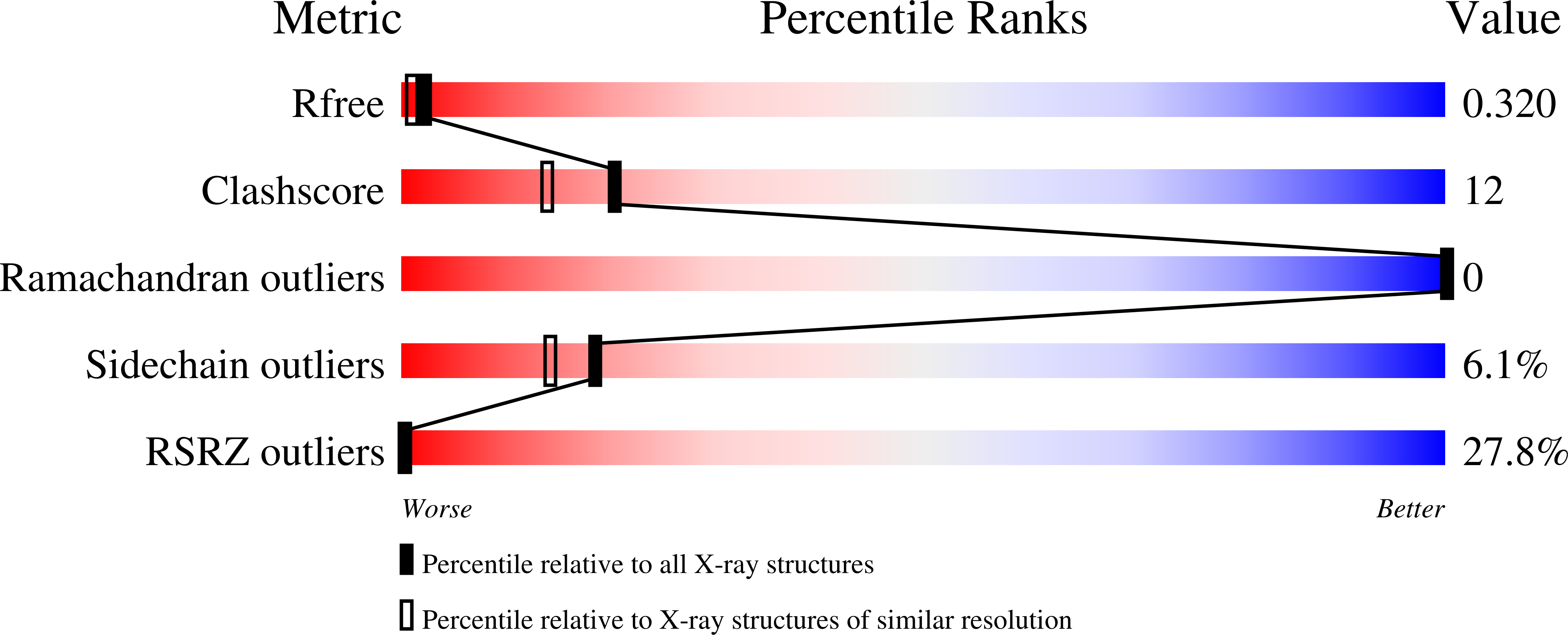
Deposition Date
2022-09-01
Release Date
2023-05-31
Last Version Date
2023-06-07
Entry Detail
PDB ID:
8EC9
Keywords:
Title:
Covalently stabilized triangular trimer derived from Abeta16-36 with p-iodo-phenylalanine
Biological Source:
Source Organism:
synthetic construct (Taxon ID: 32630)
Method Details:
Experimental Method:
Resolution:
2.17 Å
R-Value Free:
0.31
R-Value Work:
0.27
R-Value Observed:
0.27
Space Group:
P 31 2 1


